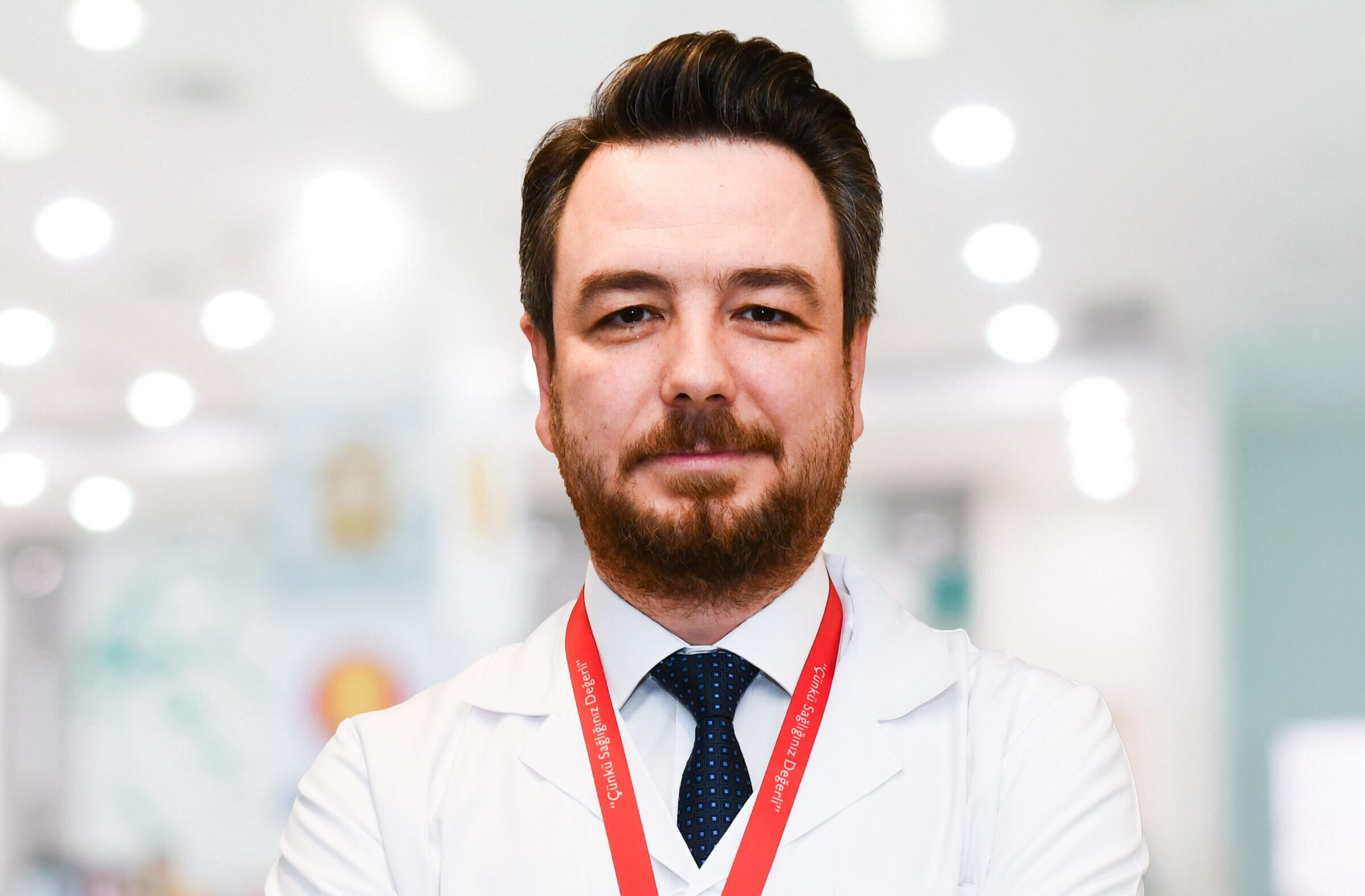Benign prostate enlargement occurs in men with advancing age. In cases where drug treatments do not yield results, surgical interventions are used. REZUM (water vapor) therapy is a minimally invasive nonsurgical treatment for benign prostatic hyperplasia. Assoc. Prof. Dr. Meftun Çulpan from Urology Department of Memorial Ataşehir Hospital. Gave information about benign prostate enlargement and treatment methods.
Benign prostate enlargement should not be confused with prostate cancer
The prostate is a gland located at the outlet of the urinary bladder in men and surrounds the urinary tract (urethra) in this region. The increase in the number of prostate gland cells, that is, the enlargement of the prostate, which generally occurs with advancing age in men, is called benign prostatic hyperplasia (Benign Prostatic Hyperplasia). This growth is benign and does not spread to other parts of the body like cancerous cells. It should not be confused with prostate cancer. If this benign growth occurs towards the urinary tract, it may cause obstruction and cause some complaints. Causes of benign prostate enlargement include:
Aging: Complaints related to benign prostate enlargement occur in one fourth of 55-year-old men and in almost half of 75-year-old men.
Family History: It is more likely to occur in close relatives with benign prostatic hyperplasia.
Ethnicity: While it is less common in people of Asian origin, it is more common in black people.
Diabetes and Heart Diseases: The possibility of benign prostate enlargement is increased.
Obesity: The possibility of benign prostate enlargement is also increased in patients with weight problems.
If you have these symptoms, you should be careful
Symptoms of benign prostate enlargement include some complaints such as frequent urination, sudden urge to urinate, urinary incontinence, difficulty in starting to urinate, straining to urinate, intermittent urination, decrease in urinary flow rate, feeling like the bladder has not been emptied after urination, and dripping at the end of urination. If benign prostatic hyperplasia is not treated appropriately, the patient’s complaints will increase over time. If these symptoms are not taken into consideration, stones in the bladder, recurrent urinary tract infections, recurrent bleeding in the urine, deterioration in bladder functions, inability to pass urine at all, urinary incontinence and kidney failure may occur in the future.
When drug treatments do not help, surgical methods come into play
The first treatment option for patients who do not benefit from lifestyle changes or have moderate to severe complaints is medication. In this regard, while a group of drugs allows comfortable urination by relaxing the smooth muscles in the bladder outlet and prostate, another group of drugs can relieve the patient’s complaints by reducing the prostate volume in long-term use. If the patient’s complaints have not improved despite appropriate lifestyle changes and drug treatment, if stones have formed in the bladder, if there are recurrent urinary tract infections or bleeding, if there is recurrent inability to urinate and the need for a catheter, and if kidney failure has developed, benign prostatic hyperplasia should be treated with one of the surgical methods.
It can be treated with minimally invasive methods
“REZUM” in prostate treatment is a method used to treat benign prostatic hyperplasia (BPH). This treatment aims to reduce urinary problems that occur due to enlargement of the prostate. REZUM is a minimally invasive procedure. REZUM is a method that can generally be performed under local anesthesia or light sedation. REZUM treatment is applied by injecting water vapor into the prostate tissue. This steam affects the prostate cells, causing the prostate to shrink and the symptoms to be relieved. This process can be applied to several points depending on the size of the prostate and each steaming process takes approximately 9 seconds. This hot water vapor causes damage to the prostate cells, causing cell death and shrinkage of the prostate after a while. Treatment effectiveness begins in approximately 2 weeks, and at the end of a maximum period of 3 months, urination problems decrease significantly as the part of the prostate that covers the urinary tract shrinks. This process takes approximately 10-15 minutes.
You can return to daily life quickly after the water vapor method
In addition to eliminating urination problems, this method does not cause erectile dysfunction in men, and side effects such as not ejaculating or decreasing semen at the time of orgasm, which are very common in other methods, are very rare (less than 5%). Therefore, it can be used successfully, especially in patients who wish to preserve their sexual functions. In addition, since it does not require deep anesthesia and the patient can be discharged on the same day, it can be used safely in patients with high risk of anesthesia.



